Disclosure: This article contains affiliate links. We may earn a commission from purchases at no extra cost to you, which helps our travel content.
The Baltic coast holds a special kind of magic that few European beach destinations can match—a delicate blend of pristine nature, cultural heritage, and unhurried charm. As someone who's spent years documenting coastal communities across the globe, I've developed a particular fondness for places where traditional life and tourism find harmonious balance. Jurmala, Latvia's premier seaside retreat, embodies this rare equilibrium. Just 25 kilometers from Riga, this 33-kilometer stretch of golden sand backed by pine forests has been welcoming visitors since the 19th century, yet somehow remains refreshingly authentic and accessible for budget-conscious families.
Jurmala's Beach Culture: Where Baltic History Meets Summer Bliss
Jurmala isn't just a beach—it's a living museum of Baltic seaside culture stretching over 33 kilometers and 14 distinct neighborhoods. The heart of this elongated paradise is Majori, where the beach culture feels simultaneously frozen in time and perfectly adapted to contemporary family needs.
What fascinates me most as an anthropologist is how Jurmala's beach traditions reflect Latvia's complex history. During Soviet times, this was a prestigious health resort for the elite, evidenced by the sanatoriums still dotting the coastline. Yet long before that, it was the playground of Tsarist aristocracy, who built the ornate wooden summer cottages (or dačas) that give the town its distinctive architectural character.
The beach itself is remarkably family-friendly—wide enough that you'll never feel crowded even in peak season, with fine golden sand that's perfect for little feet. The Baltic Sea here is shallow and calm, with lifeguards stationed at regular intervals during summer months. While the water temperature hovers around a refreshing 18-20°C (64-68°F), I've found this perfectly comfortable for swimming from mid-June through August.
Before heading out, I always pack my quick-dry beach towel which has proven invaluable for Baltic beach-hopping—it dries quickly between swims and takes minimal space in my daypack when exploring the town's wooden architecture.
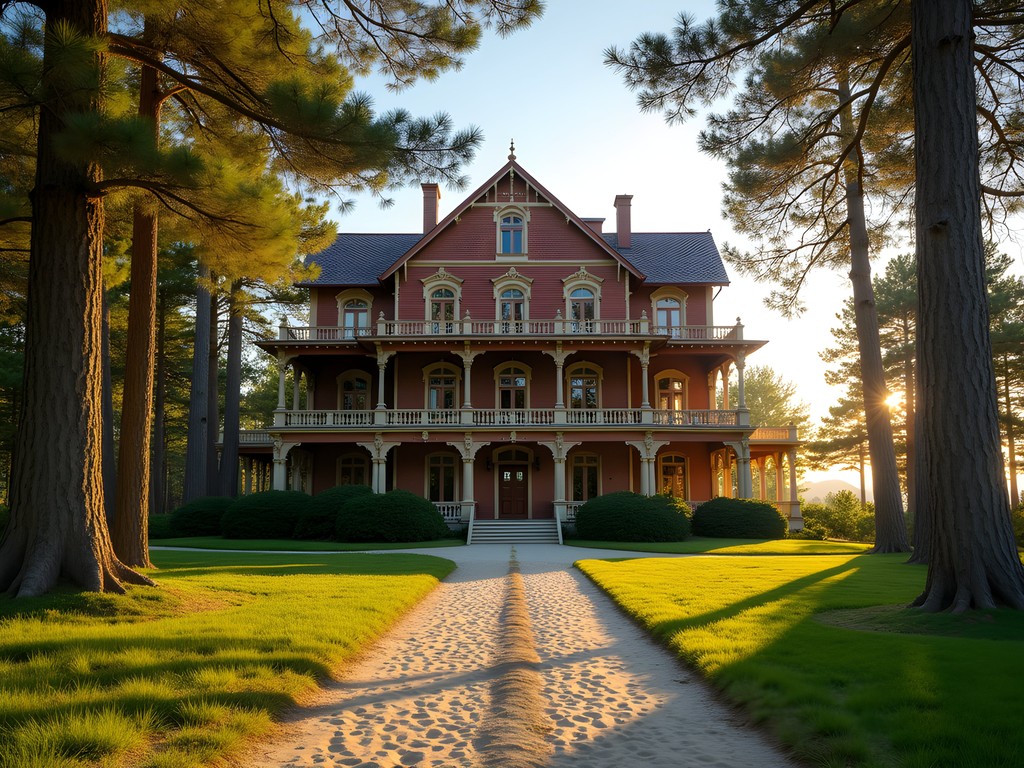
💡 Pro Tips
- Visit Dzintari Beach for the best facilities including playgrounds for children
- Morning swims (7-9am) offer the most peaceful experience and best light for photographs
- Beach chairs and umbrellas are available for rent, but bringing your own saves considerably for budget travelers
Beyond the Beach: Family Adventures in Jurmala
While Jurmala's 33-kilometer coastline is undoubtedly its star attraction, the town offers a surprising array of family-friendly activities when little ones need a break from sand and surf. As someone who believes in balancing leisure with cultural immersion, I've found Jurmala perfectly suited for families seeking meaningful experiences beyond typical beach activities.
Livu Akvaparks, the largest indoor water park in the Baltics, has saved many a vacation during occasional rainy days. Though not exactly budget-friendly (€20-30 per person), the extensive facilities with slides, pools, and water play areas justify splurging for a half-day of guaranteed entertainment regardless of weather.
For a more educational experience that won't strain your budget, Jurmala Open-Air Museum offers a fascinating glimpse into the traditional life of Latvian fishermen. The collection of authentic wooden buildings, boats, and fishing equipment provides context for understanding the coastal culture that predates Jurmala's tourism industry. My anthropologist heart delights in watching children engage with the hands-on exhibits demonstrating net-making techniques that have remained largely unchanged for centuries.
Dzintari Forest Park offers another economical option with its network of nature trails, observation tower, and excellent playgrounds. I recommend packing a portable picnic blanket for impromptu forest picnics—the lightweight, waterproof design has accompanied me to countless outdoor meals across four continents.
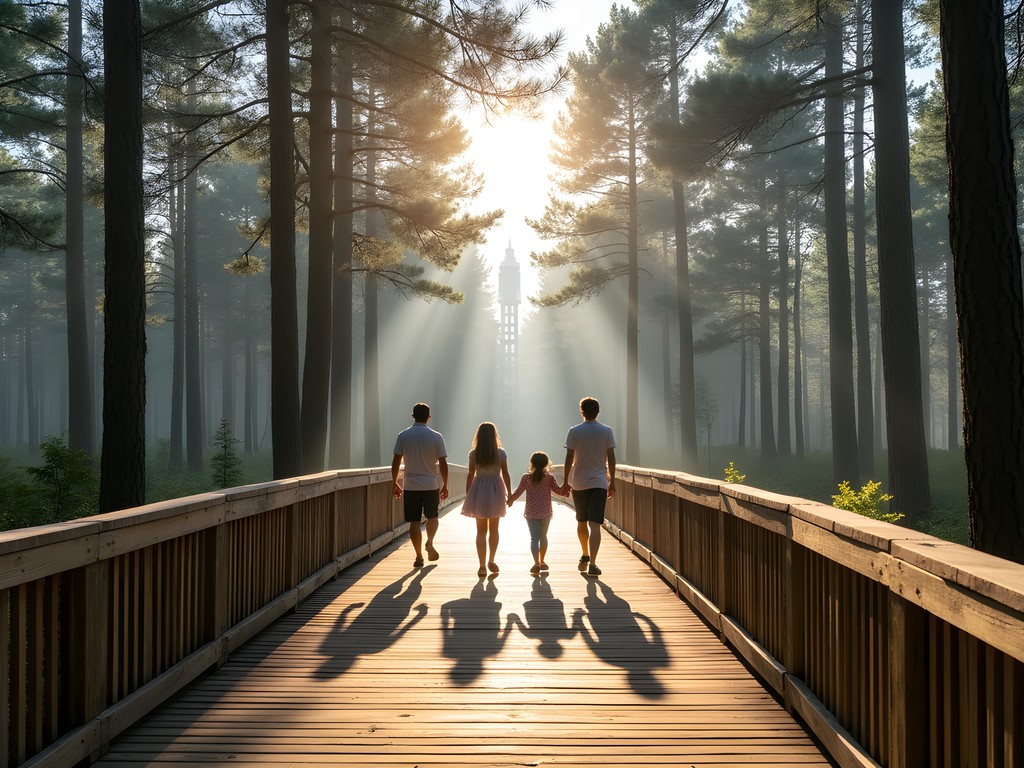
💡 Pro Tips
- Visit the Jurmala City Museum on Tirgoņu iela for an excellent overview of the resort's development through history
- Rent bicycles for exploring—the flat terrain makes Jurmala perfect for family cycling adventures
- The Dzintari Concert Hall often hosts family-friendly performances during summer—check their schedule online
The Healing Powers of Jurmala: Spa Culture Meets Beach Therapy
Long before wellness tourism became a global phenomenon, Jurmala was pioneering the concept through its natural resources. The town's very name derives from jūrmala meaning 'seaside' in Latvian, but its identity is equally tied to healing traditions that date back to the 19th century, when doctors began prescribing the beneficial properties of its mineral waters, pine-infused air, and therapeutic mud.
As someone who's researched traditional healing practices across cultures, I find Jurmala's spa heritage particularly fascinating. The town's development as a health destination began when physicians noticed the remarkable recovery rates of patients sent to convalesce by the Baltic Sea. Soon, elegant sanatoriums were constructed to harness the healing properties of local resources—many of which have been transformed into modern wellness centers accessible to everyday travelers.
For families on a budget, you can experience this tradition without splurging on expensive spa treatments. The shallow, mineral-rich Baltic waters themselves offer natural therapy—locals swear by alternating between warm sand baths (simply dig a shallow depression in the sun-warmed sand and lie in it) and brisk sea dips to improve circulation. The pine forests backing the beaches create naturally therapeutic air that's particularly beneficial for respiratory health.
If you do wish to sample professional treatments, Jurmala offers options for various budgets. I recommend checking smaller hotels rather than the luxury establishments—many offer day packages with access to mineral pools and basic treatments at reasonable prices. After a day of sun and sea, I always apply my aloe vera gel to soothe sun-exposed skin—a simple self-care ritual that complements the natural healing environment.
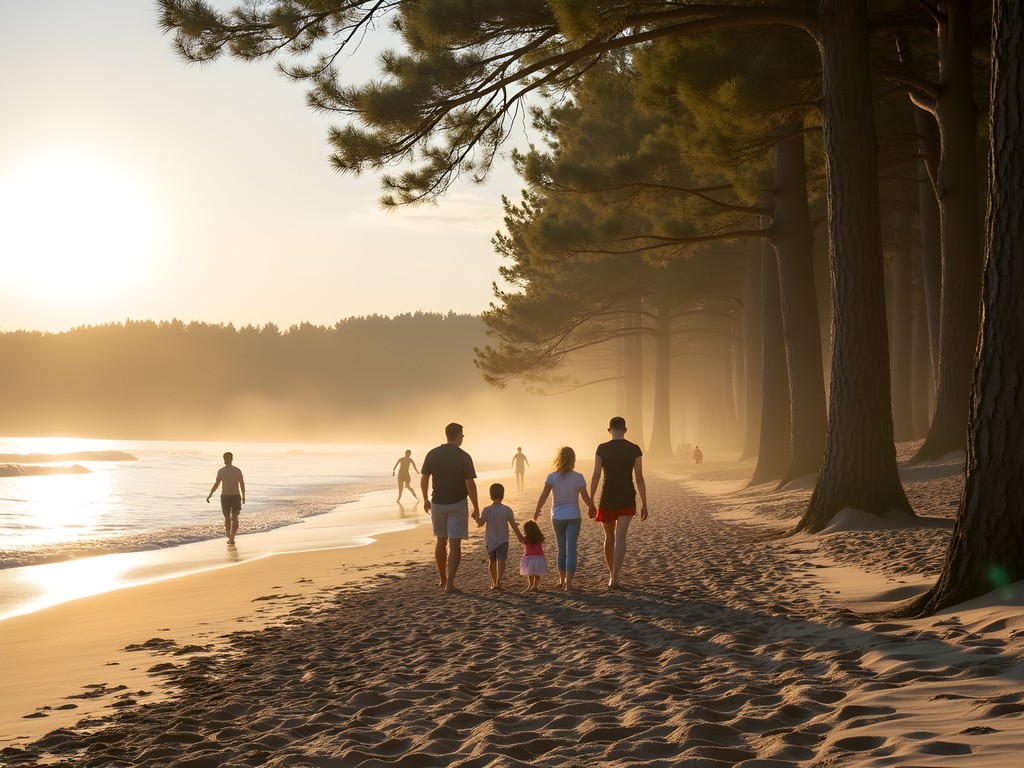
💡 Pro Tips
- Visit Kemeri National Park on the western edge of Jurmala to experience the source of the region's healing mud and mineral waters
- Many hotels offer reduced-price spa access during off-peak hours (typically before noon)
- The Baltic Sea's salinity is lower than oceans, making it gentler on sensitive skin and eyes—perfect for children
Eating Well on a Budget: Family-Friendly Latvian Cuisine
One of my cardinal rules for budget travel with families is to eat where the locals eat—a practice that not only saves money but provides authentic cultural experiences. In Jurmala, this means venturing beyond the main tourist thoroughfare of Jomas iela to discover family-run cafés serving traditional Latvian cuisine at reasonable prices.
Latvian beach food culture has its own distinct character that differs from Mediterranean or tropical destinations. Rather than seafood dominating menus (though Baltic fish is certainly available), you'll find hearty forest-inspired dishes reflecting Latvia's woodland heritage. Chanterelle mushroom soup served in bread bowls, potato pancakes with sour cream, and pirāgi (bacon-filled pastry buns) make perfect refueling options after active beach days.
For budget-conscious families, I recommend the time-honored tradition of the Latvian picnic. Local supermarkets like Rimi or Maxima offer excellent deli sections where you can purchase smoked fish, dark rye bread, local cheeses, and seasonal berries at reasonable prices. My insulated cooler bag has been invaluable for keeping picnic supplies fresh during long beach days—its backpack design leaves hands free for carrying beach gear or holding little hands.
Don't miss trying kvass, a traditional fermented beverage made from rye bread that children and adults alike enjoy as a refreshing non-alcoholic alternative to soda. Street vendors selling ice cream and sklandu rauši (traditional carrot and potato tarts) offer inexpensive treats that connect you to centuries of Baltic culinary traditions.
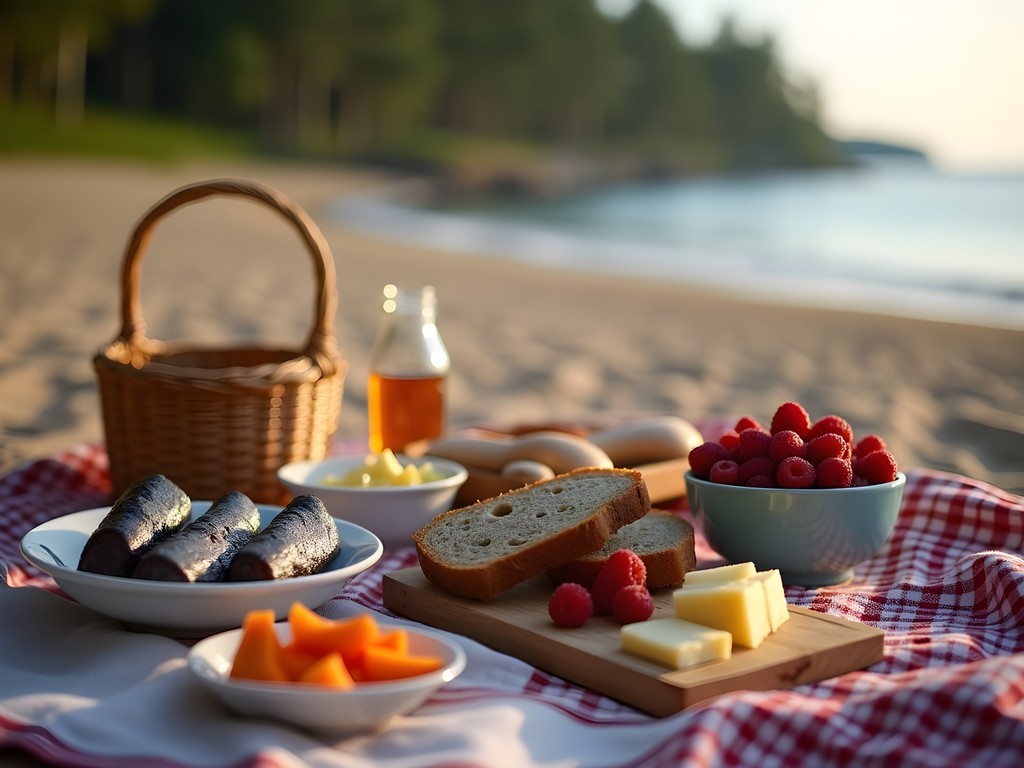
💡 Pro Tips
- Visit Jurmala's central market (near Majori station) early morning for the freshest picnic supplies at local prices
- Many cafés offer 'daily specials' (dienas piedāvājums) with significant discounts on complete meals
- Breakfast is typically included in accommodation prices in Latvia—take advantage of hearty morning meals to fuel beach adventures
Sustainable Beach Tourism: Preserving Jurmala's Natural Heritage
What makes Jurmala truly special is its remarkable balance between tourism development and natural preservation. The 33-kilometer coastline has largely avoided the concrete overdevelopment that plagues many European beach destinations, thanks to Latvia's strong environmental protection laws and cultural emphasis on nature conservation.
As an anthropologist studying how communities adapt traditional practices to modern challenges, I'm particularly impressed by Jurmala's sustainable approach to beach tourism. The Blue Flag certification at major beaches isn't just for marketing—it represents genuine commitment to water quality monitoring, environmental education, and preservation of coastal ecosystems.
Families visiting Jurmala have a unique opportunity to practice responsible tourism while enjoying its natural splendor. The extensive dune systems are protected by wooden boardwalks that allow access to beaches without damaging fragile vegetation. These dunes aren't just scenic—they're critical natural infrastructure protecting the historic wooden architecture from coastal erosion and storm surges.
I recommend families pack a reusable water bottle and portable water filter for beach days. Latvia's tap water is generally safe to drink, and refilling stations are increasingly common in Jurmala's public areas—a simple way to reduce plastic waste while staying hydrated in the summer sun.
For those interested in deeper engagement with conservation efforts, the Kemeri National Park visitor center offers family-friendly educational programs about the region's unique coastal wetland ecosystems. Children particularly enjoy the interactive exhibits explaining how the Baltic Sea's brackish water creates specialized habitats for plants and animals found nowhere else in Europe.
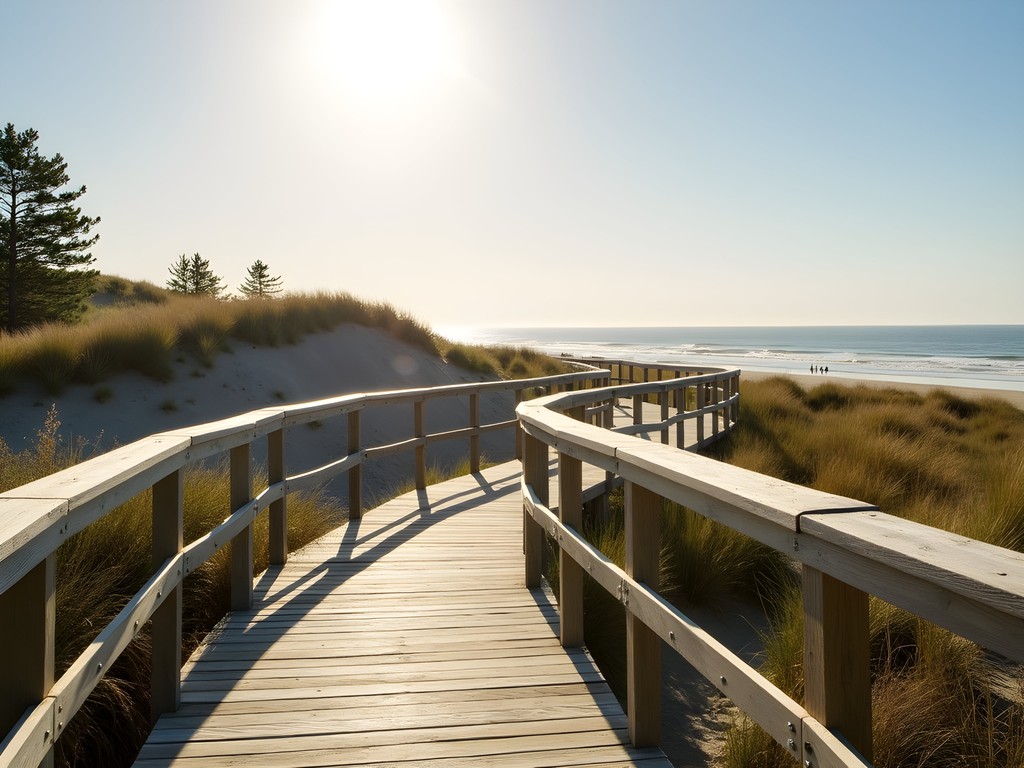
💡 Pro Tips
- Use the wooden boardwalks rather than creating your own paths through dune vegetation
- Participate in the informal Baltic tradition of collecting small pieces of amber after storms—a natural treasure hunt children adore
- Visit beaches with Blue Flag certification for guaranteed water quality and facilities
Final Thoughts
As our train pulled away from Jurmala back toward Riga, I watched a family constructing an elaborate sand castle at the water's edge—three generations working together, speaking Latvian but occasionally switching to Russian, their hands shaping towers and moats with the practiced ease of those who've spent countless summers on these shores. This image encapsulates what makes Jurmala special: it's not just a beach destination but a living repository of Baltic coastal heritage that continues to evolve while honoring its past.
For families seeking an affordable European beach experience that combines natural beauty with cultural richness, Jurmala offers a compelling alternative to overcrowded Mediterranean resorts. The 33-kilometer coastline provides enough variety for extended exploration, while the town's distinctive wooden architecture and wellness traditions provide depth beyond typical beach activities.
As you plan your own Baltic beach adventure, remember that Jurmala's greatest treasures are often its simplest pleasures—the quality of light filtering through pine forests onto golden sand, the distinctive taste of dark rye bread with local honey, and the sound of Baltic waves gently lapping at a shore where families have been making memories for generations. In preserving these authentic experiences rather than manufacturing artificial attractions, Jurmala demonstrates how thoughtful tourism can support rather than erode cultural heritage—a model I hope more destinations will follow.
✨ Key Takeaways
- Jurmala offers 33 kilometers of Blue Flag beaches perfect for families seeking safe, clean swimming areas
- The combination of beach activities, forest adventures, and cultural experiences makes it ideal for varied family interests
- Budget travelers can experience authentic Baltic coastal culture through public beaches, forest parks, and local cuisine without expensive attractions
- The shoulder seasons of early June and late August offer ideal conditions with fewer crowds and lower accommodation prices
- Sustainable tourism practices help preserve Jurmala's unique coastal ecosystem for future generations
📋 Practical Information
Best Time to Visit
June through August, with July offering warmest water temperatures
Budget Estimate
€50-100 per day for a family of four including modest accommodation, self-catering, and free beach activities
Recommended Duration
3-4 days minimum, ideally a full week
Difficulty Level
Easy


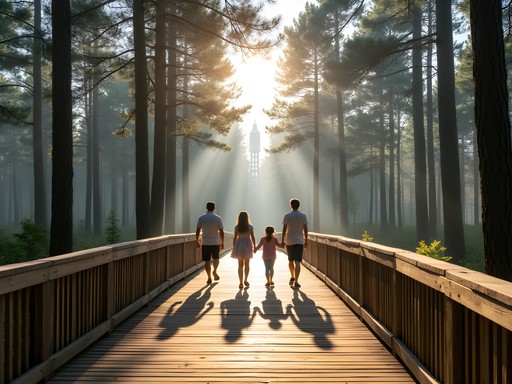
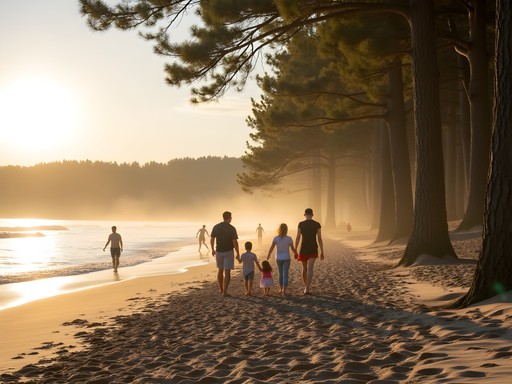
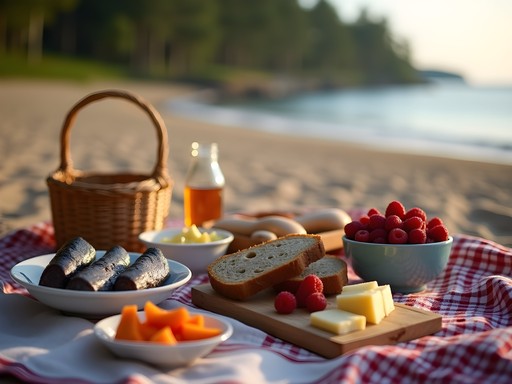



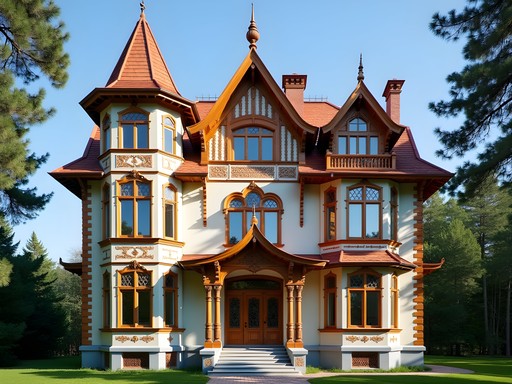
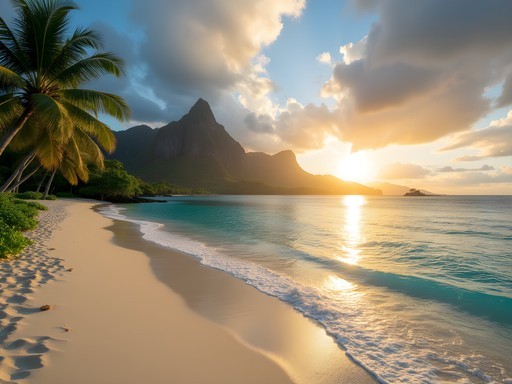
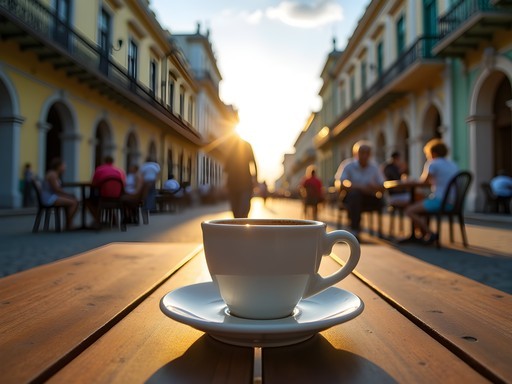
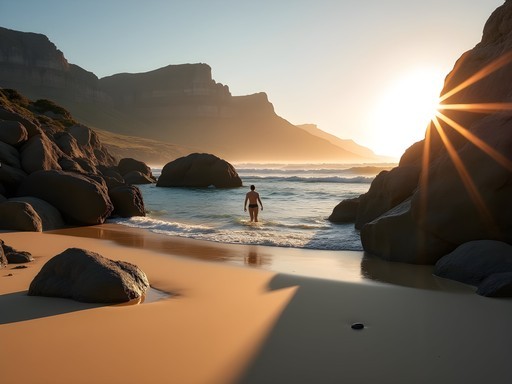
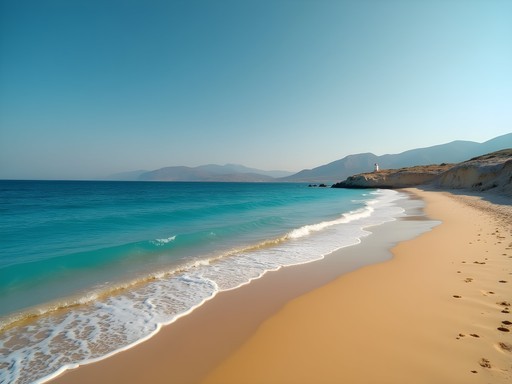
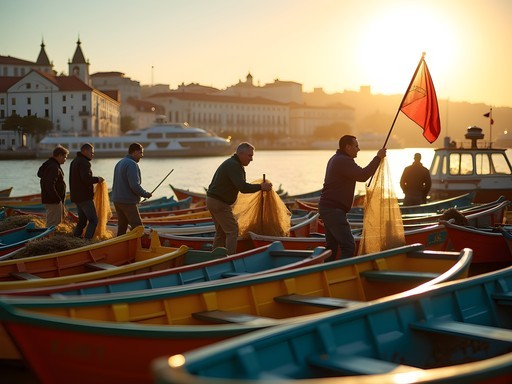
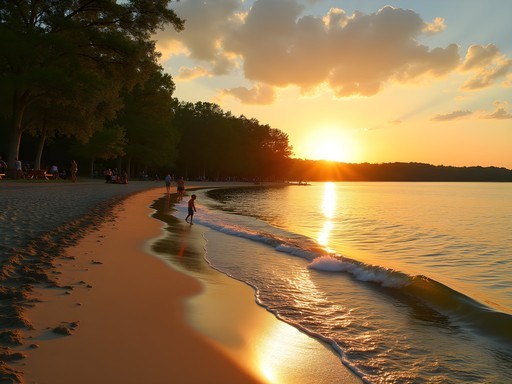
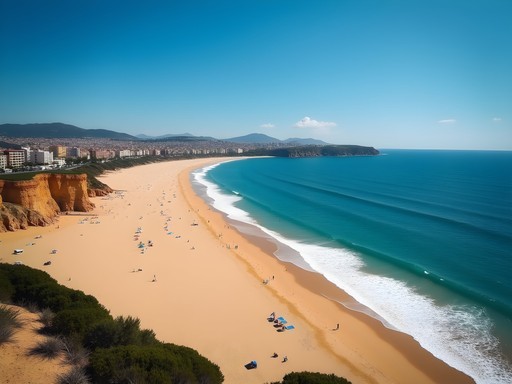
Comments
Taylor Moreau
Claire's assessment of Jurmala's spa culture is spot-on. For those interested in wellness tourism, the combination of Baltic sea air, pine forests, and mineral springs creates a unique therapeutic environment. I've visited many European spa destinations for my travel series, and Jurmala offers exceptional value. The historic Jantarnij Bereg spa hotel maintains its Soviet-era charm while offering modern treatments. If visiting during shoulder season (May or September), you'll find the experience even more peaceful and rates significantly lower. The wellness traditions here date back to the 19th century - there's a reason Russian nobility once flocked here.
springway
We visited Jurmala with our kids (7 and 9) last summer and it was perfect for a family beach holiday! The water is shallow and calm, and there's plenty of space even in peak season. The Livu Aquapark was a hit with our kids on the one rainy day we had. We stayed in an Airbnb in one of those wooden houses Claire mentioned - such a unique experience! Prices were so reasonable compared to Western European beach destinations. One tip: bring bug spray for evenings near the forest areas!
backpackblogger
Thanks for the bug spray tip! Would you say a week is enough time there with kids?
springway
A week was perfect! We did 4 days in Jurmala and 3 in Riga. The kids loved both parts of the trip!
islandperson8334
Those wooden houses look so charming! Love the architecture!
backpackblogger
This looks incredible! How easy is it to get to Jurmala from Riga? And is English widely spoken there? Planning a Baltic trip for next summer!
Taylor Moreau
I was there on business last month and can confirm it's extremely easy - just 25 minutes by train from Riga Central Station to Majori (Jurmala's main area). Trains run every 30 minutes and cost about €2 each way. Most hospitality staff speak good English, especially in the larger hotels and restaurants. I'd recommend staying in Riga and making day trips to Jurmala unless you're specifically going for the spa experience. The Rough Guide to the Baltics was invaluable for my trip planning.
sunnylife
That sunset photo of the pier is absolutely stunning! What camera do you use, Claire?
Marco Flores
I stumbled upon Jurmala last summer while backpacking through the Baltics! The contrast between the pine forests and those wide sandy beaches is something special. Claire, you captured the atmosphere perfectly! The local tradition of collecting amber after storms is something I participated in - found a few tiny pieces that I still keep as souvenirs. And those wooden villas? Architectural gems! Did anyone else try the smoked fish from the small stands near Majori? Life-changing experience with a cold Latvian beer!
cityqueen
Ooh that smoked fish sounds amazing! Adding that to my notes for when I visit!
Marco Flores
Trust me, you won't regret it! Just look for the small wooden stands with locals queuing up - that's how you know it's the good stuff!
cityqueen
Jurmala looks absolutely gorgeous! Never considered Latvia for a beach vacation but now it's definitely on my list!
escapeguy
This post couldn't have come at a better time! Planning a Baltic trip for next summer and Jurmala wasn't on my radar until now. Those wooden villas look incredible! Adding this to the itinerary between Tallinn and Riga!
vacationclimber
Just booked our trip for next summer after reading this! Can't wait to try that smoked fish you mentioned. Did you find the locals spoke much English or should we learn some basic Latvian phrases?
Claire Spencer
You'll have a great time! In tourist areas, English is widely spoken, but learning 'paldies' (thank you) and 'sveiki' (hello) goes a long way. The younger generation especially speaks excellent English.
beachadventurer
How crowded does it get in peak season? Are there any quieter sections of beach you'd recommend?
vacationclimber
Not Claire, but I was there in July last year. Head toward Dubulti or Vaivari for quieter stretches. Even at peak times, it never felt packed like Mediterranean beaches.
beachadventurer
Thanks for the tip! That's really helpful.
Venture X
Premium card with 2X miles, $300 travel credit, Priority Pass